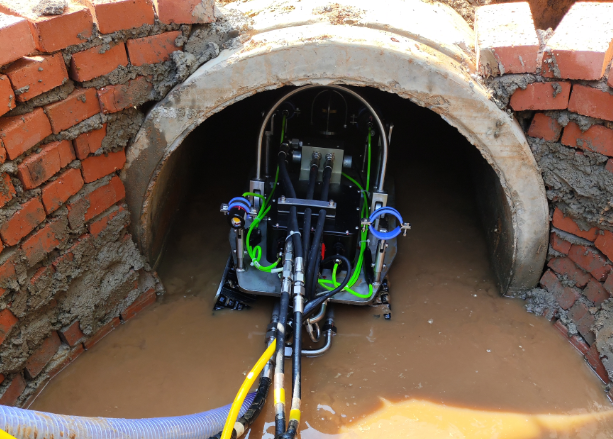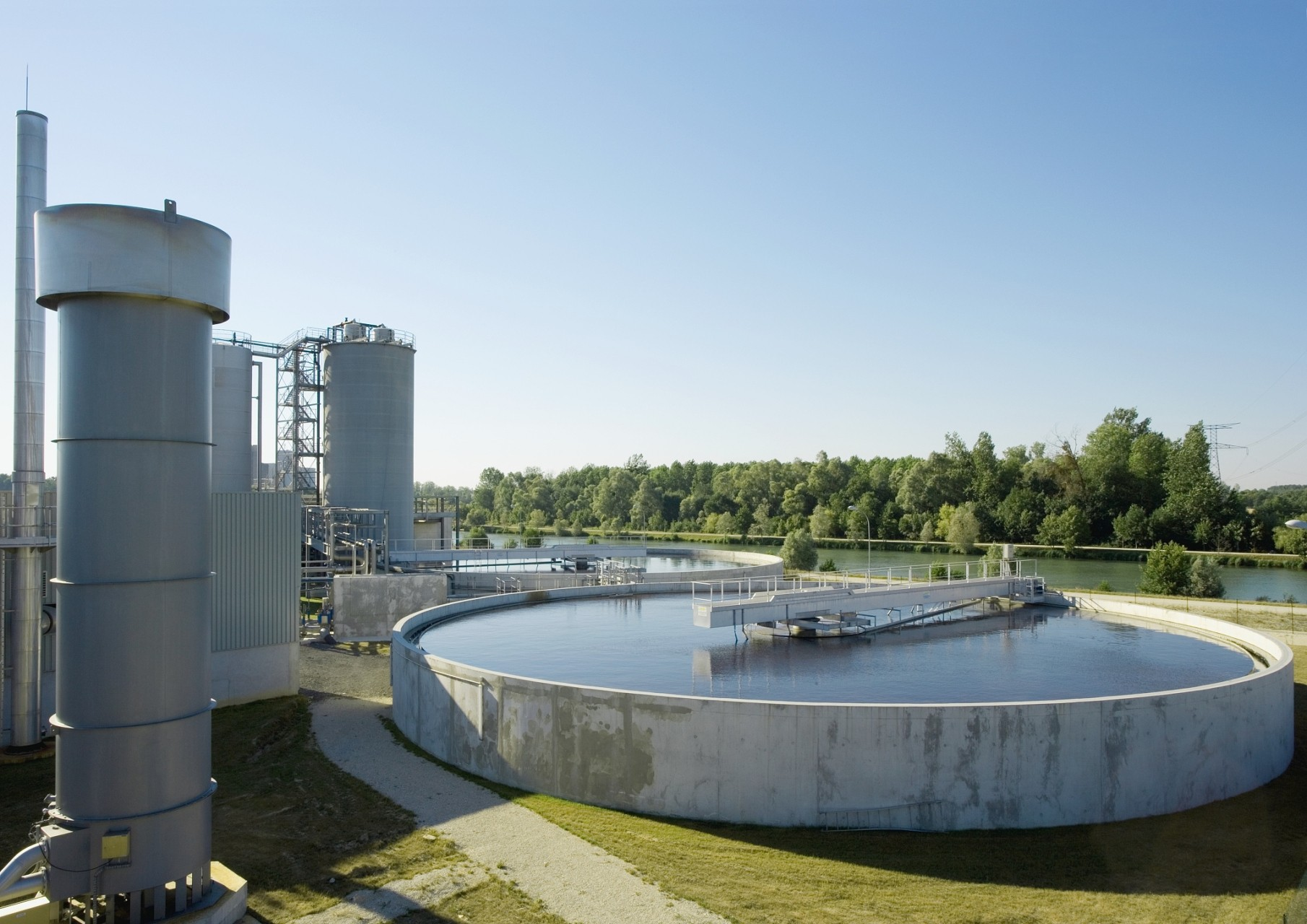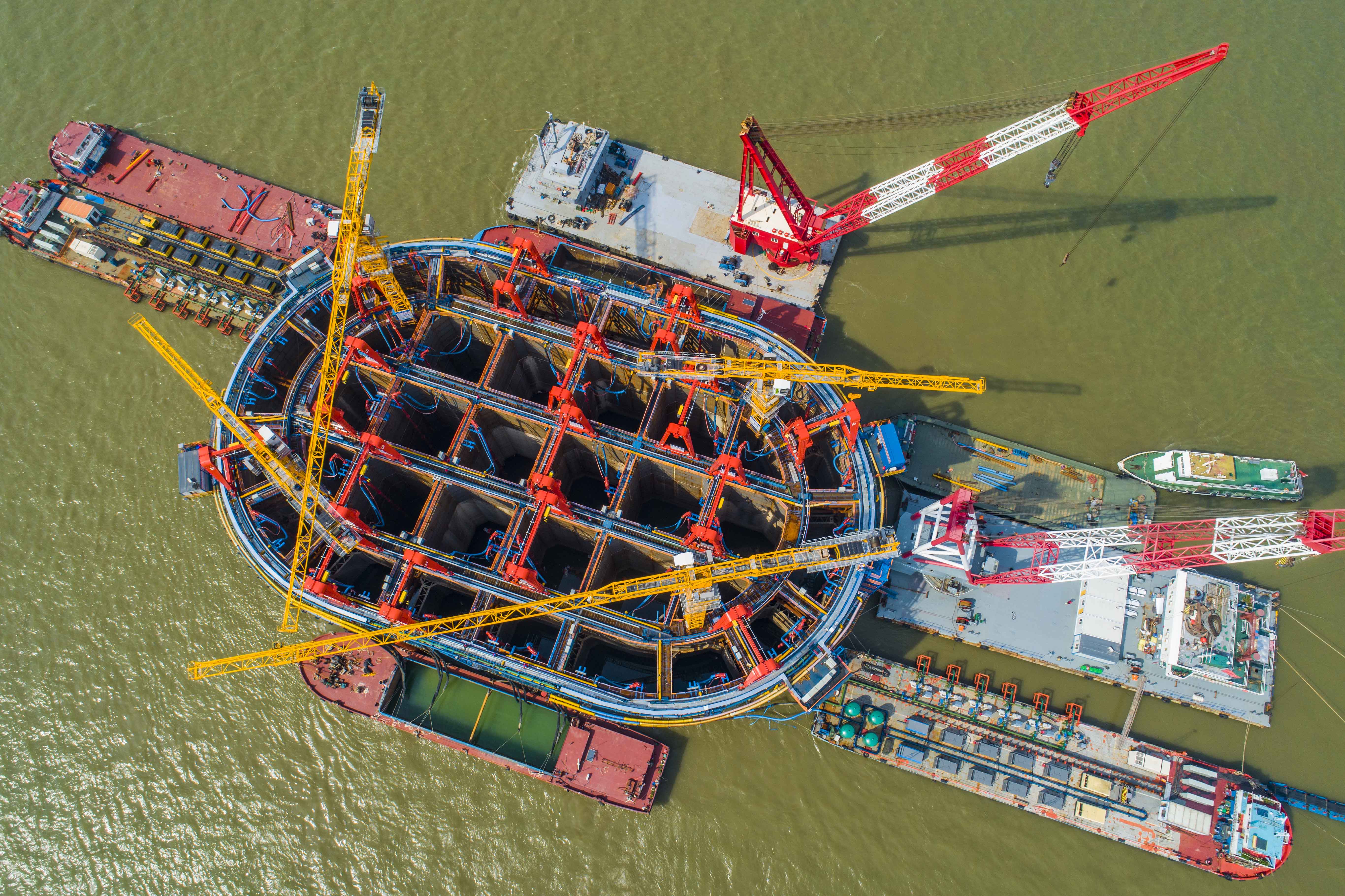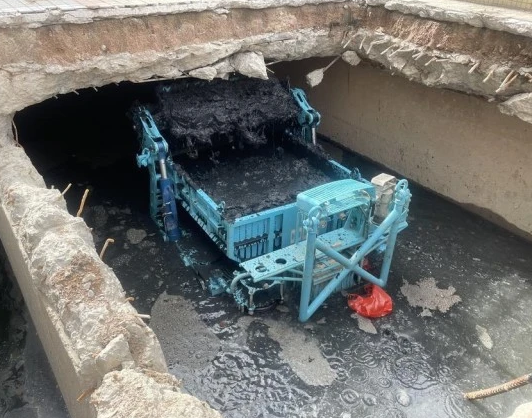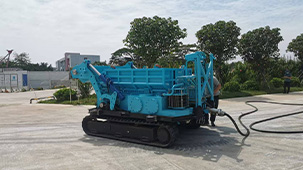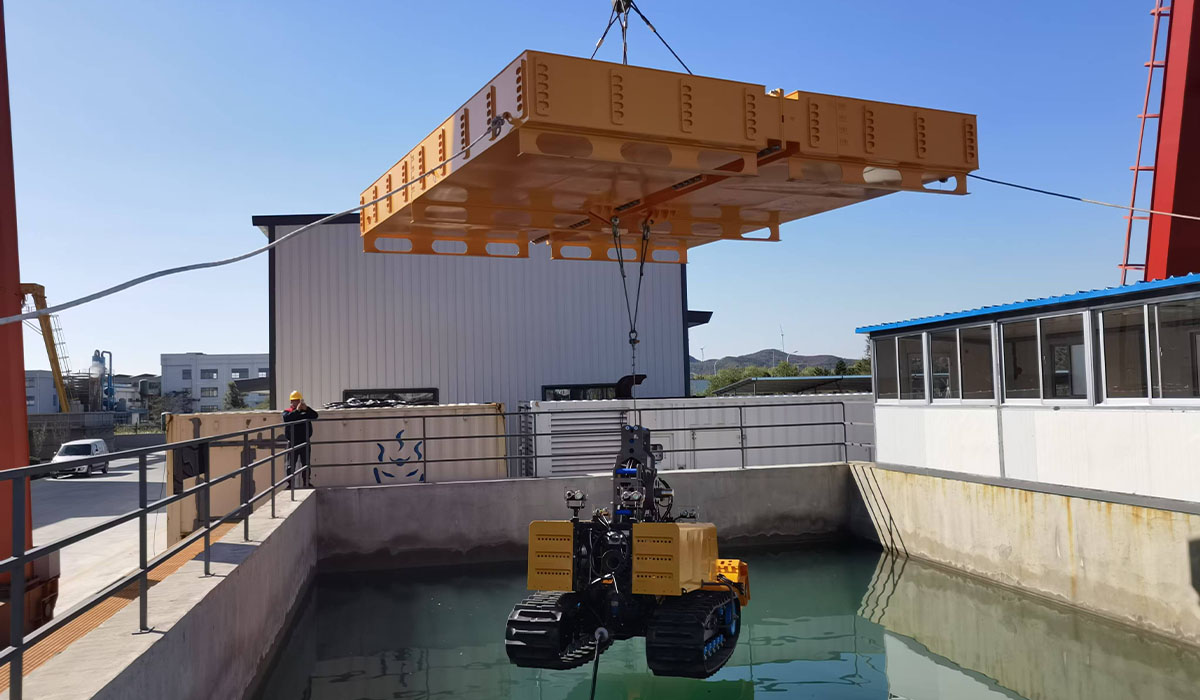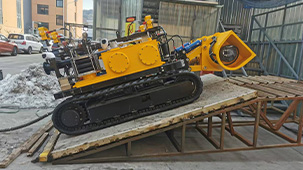Underwater Dredging Overview & Applications
Underwater dredging is a cleaning operation aimed at removing silt, sediment, and other obstacles from the bottom of water bodies. It is widely used in environments such as rivers, ports, reservoirs, and drainage pipes. As urbanization and industrial development continue, underwater dredging has become a critical technology for maintaining open waterways, ensuring water quality, and improving the efficiency of water conservancy facilities.
Traditional dredging methods often rely on manual labor or ship-based equipment, but these methods are inefficient, have high safety risks, and can lead to environmental pollution. Underwater dredging robots provide a more efficient and environmentally friendly solution. These robots can operate independently in underwater environments, utilizing high-pressure water jets, auger suction systems, or slurry pumps to efficiently remove sediments and silt while avoiding secondary pollution to the aquatic ecosystem.
The development of underwater dredging robots has made underwater cleaning operations more automated, precise, and safe. They can perform a wide range of tasks in complex underwater environments with strong adaptability and work efficiency. Especially when dealing with large-scale sedimentation, deep-water operations, and hard-to-reach areas, underwater dredging robots show significant advantages and have become an essential tool in modern underwater dredging.
